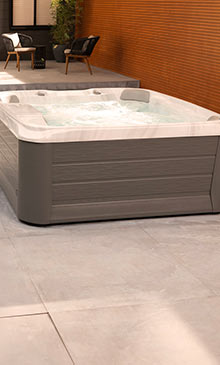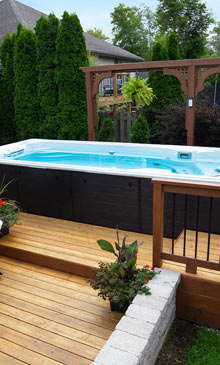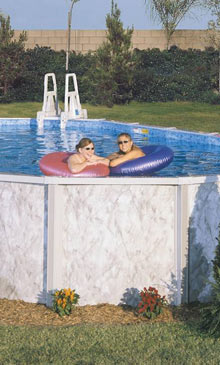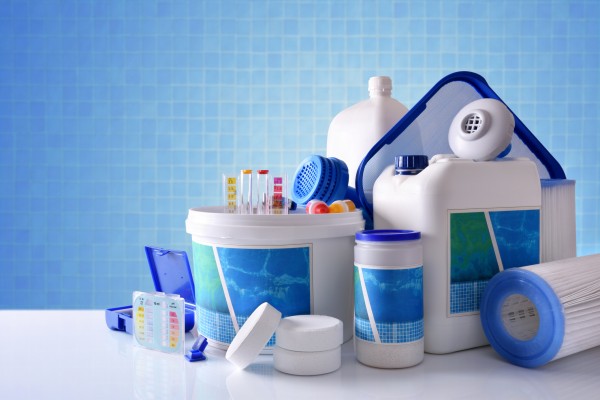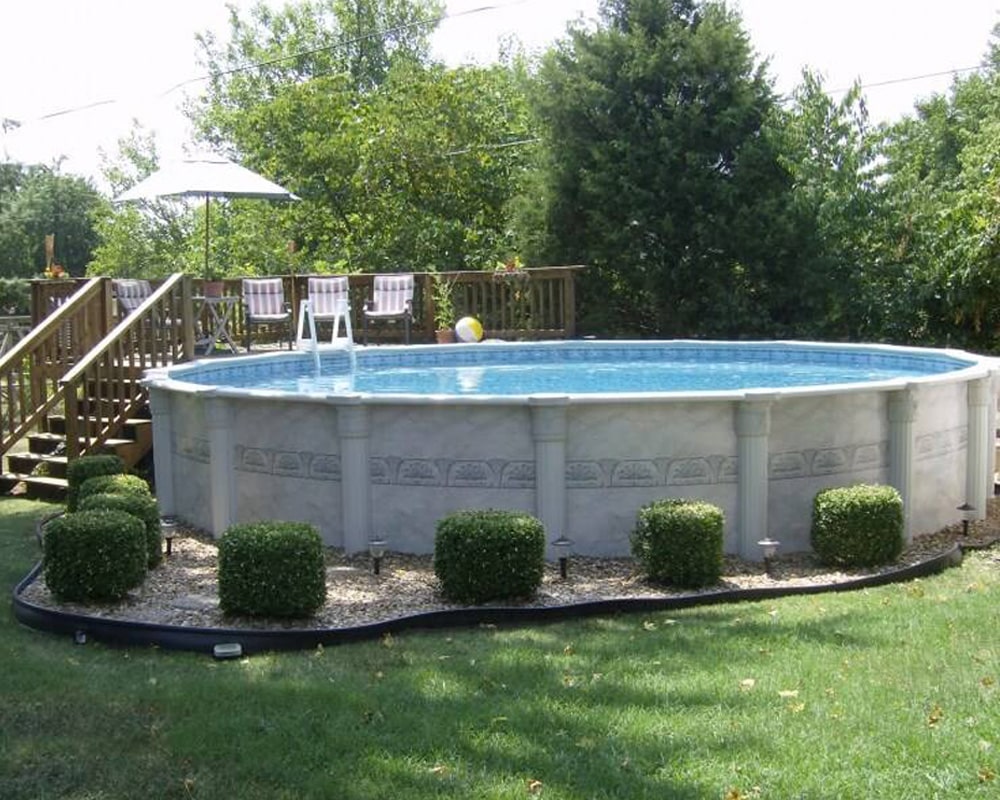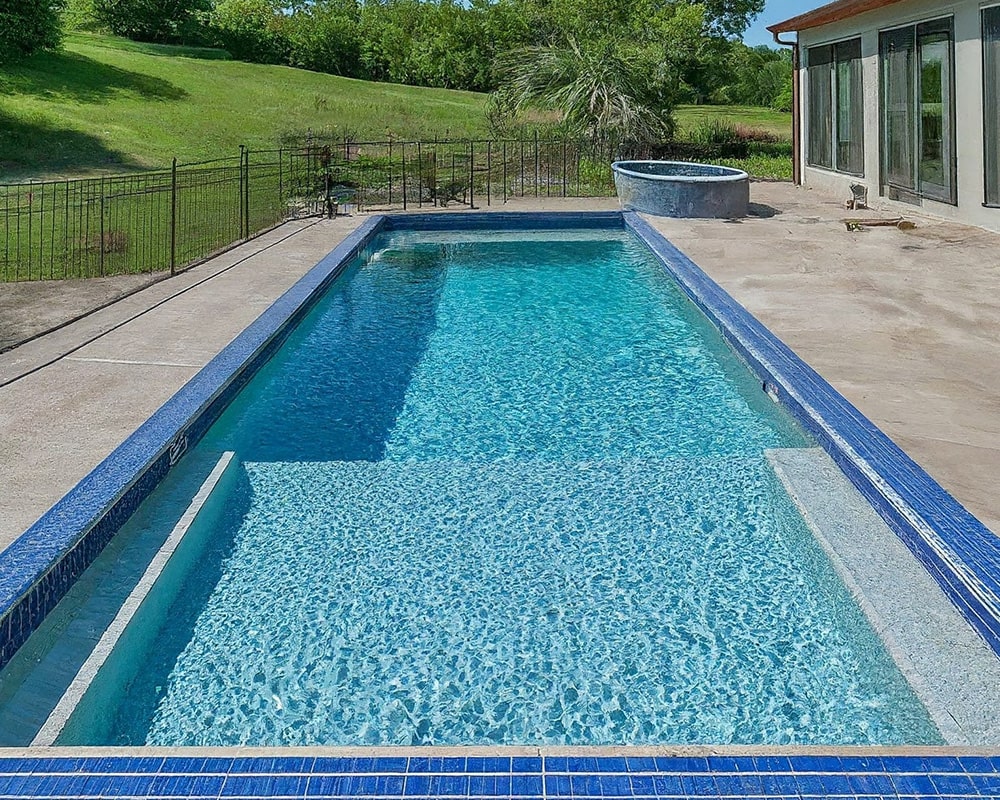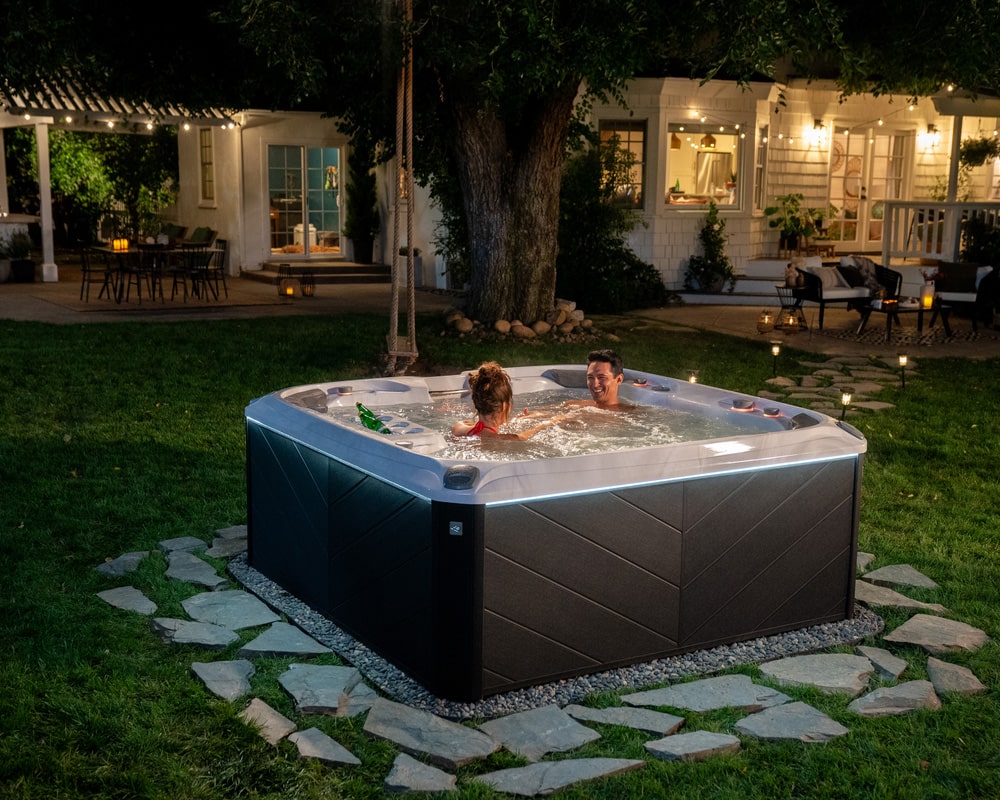Maintaining the chemistry of your swimming pool is key not only to its longevity but to your enjoyment of it. Knowing how to keep your water balanced and clean will protect you and your family from harmful bacteria that can grow in untreated water. To help you keep on top of water maintenance, we’ve crafted a checklist of all the pool chemicals you’ll need. Read on to discover what you should stock up on for the coming pool season.
Balancing Chemicals
Test Strips
It’s important to keep a healthy supply of test strips on hand to help you know what your water needs. These dip and read strips change colors to show you the levels of alkalinity, pH and chlorine in your water. You can also test for acidity and water hardness.
Alkalinity Increaser and Decreaser
Alkalinity helps stabilize pH levels, while working to keep scaling and other corrosion at bay.
The recommended alkalinity level for your pool is between 80 and 120 parts per million (ppm).
pH Increaser and Decreaser
Keeping the pH levels in your pool stabilized permits your chlorine or bromine to work more effectively. Like your alkalinity chemicals, it also helps to prevent corrosion and scaling.
The optimum pH reading is between 7.2 and 7.8 ppm.
Calcium Hardness Increaser
This chemical is essential for soft, silky water. When the water’s calcium level is out of whack, it changes the texture, making it feel harder. The ideal calcium range is between 200-400 ppm.
Pool Stabilizer
Pool stabilizer is the last chemical you use to achieve balanced water. Also known as cyanuric acid, stabilizer should be poured in before adding bromine or chlorine. Achieving a level of 30-50 ppm cuts down on the amount of bromine or chlorine you’ll need to sanitize your water.
Sanitizers
Chlorine or Bromine Tablets
Bromine and chlorine are the most commonly used sanitizers for keeping water clean. Bromine tablets are easier to use and are recommended by many pool supply stores. The ideal bromine level is 5 ppm and should never be allowed to dip under 3 ppm.
Chlorine is also available in tablet form, allowing it to be added to a floating chlorine dispenser in your pool’s skimmer basket or to an automatic chlorinator.
Liquid chlorine is also very effective — and it’s cheap — but is much harder to use. Anytime you use liquid chlorine, you’ll need to wear old clothes, goggles and chemical-resistant gloves to protect you from splashes. Be sure your chlorine level stays at 3 ppm.
Pool Shock
Pool shock is an essential for a clean pool. Two pounds of shock is needed for every 10,000 gallons of water, so being well stocked is a good idea.
Pool shock helps sanitize the water, keeping it clear of algae while preventing odors and getting rid of contaminants.
Algaecide
Algaecide is an algae suppressant that should be added to your water weekly. It enhances the effectiveness of your other sanitizers and should be used after each shock treatment. Be sure to follow the instructions on the product’s container because adding too much can cause your water to foam.
Pool Clarifier
Pool clarifier doesn’t need to be added as part of your weekly maintenance routine, but it’s good to have some on hand when your water needs an extra cleaning boost. If you’re having trouble with cloudy or murky water, pool clarifier can be added after your usual chemicals.
If you keep these handy cleaning and balancing products on hand and use them weekly, your pool’s water will not only look great, it will offer the perfect swimming environment.
All Seasons Pools and Spas
With 30 years under its belt serving the Northern California region, All Seasons Pools and Spas is your premier provider of all things pool. Come visit our pool supply store in Granite Bay to stock up on pool chemicals or to check out our selection of robotic pool cleaners.
